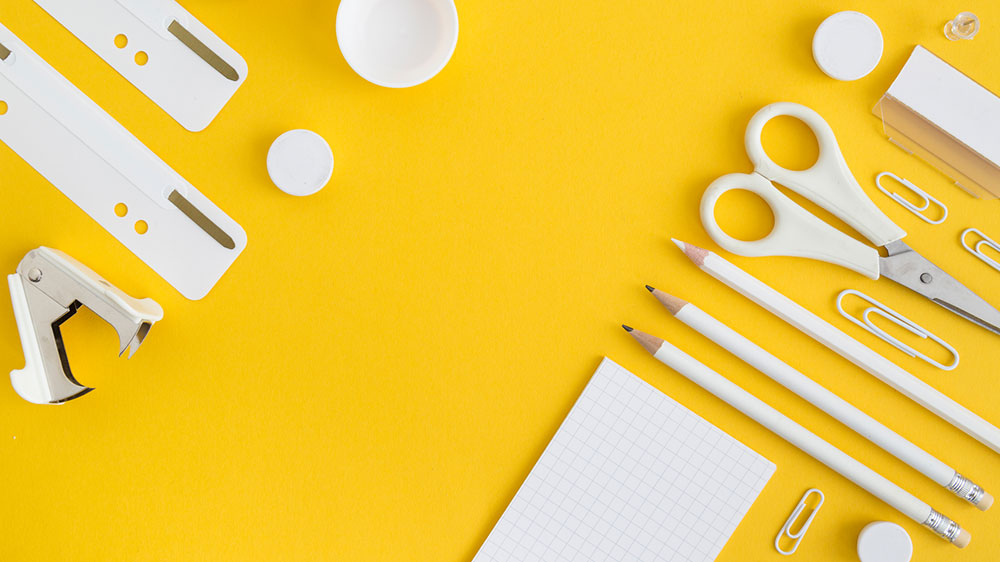Back-to-school season always feels like a new beginning, even if you’ve long since traded in the classroom for your own home in Sarasota, FL. The sight of the bright yellow buses, the school supplies sales, and the shift in the weather bring us back to the days when late summer signaled a fresh start — new teachers, new pencils, and new possibilities.
Whether you have kids heading back to school or just love the back-to-school deals, now is a good time to revisit your home’s organization plan … or lack thereof. And what better inspiration than the classroom itself? Think about it: Classrooms, particularly at the elementary school level, are designed to efficiently bring order to the daily chaos that dozens of kids can produce in a small space. From labeled cubbies to an inviting reading area, the organization ideas are simple and timeless. Here are a few of the golden rules of organization, borrowed from the classroom.
Lesson 1: Put it away when you’re done
If you summarized the topic of home organization to a core rule, it would be this: Put stuff where it belongs. Getting in that habit can be a little trickier as an adult, only because you have way more things than when you were in kindergarten. The key here is to go with the flow of your home and life, says designer and organization ideas expert DeAnna Radaj. “The most important thing is to walk through your space as you would if you were doing your daily activities,” she says. “This is how you organize a house. It must work the way you use it … not the way a magazine says it should be laid out.” For example, if you’d rather fling your jacket than put it in a closet, a coat rack is ideal for you.
Lesson 2: Make a place for everything
We know the old saying “Have a place for everything, and everything in its place.” But if you’re limited by budget and can’t always create custom organization, you’ll have to get creative. “I always use vertical space,” Radaj says. “Most people stop just above and below their sightline. The upper third of wall space is valuable, especially in smaller homes.” She recommends using pegboard and hooks, which you might remember from your school days. You can customize the board to create storage for hard-to-stow items like dog leashes, backpacks, scarves, and anything else that can hang from a hook.
Lesson 3: Prioritize frequently used items
In school, your desk and backpack kept everything you could possibly need within grabbing distance. At home, that organization idea translates into keeping essential items in arm’s reach. “Make sure items are stored where they are used, with frequently used items front and center as opposed to up high or low or in back of a cabinet or closet,” says Radaj. In other words, your mugs should always be by your coffee maker, preferably hanging from hooks under the cabinet rather than hidden away.
Lesson 4: Divide your space into zones
Glancing into an elementary school classroom, you know precisely where the reading nook is, where the nap mats are kept, and where you can hang your coat. A well-organized home should define space in a similar fashion — even if it means shifting a room’s function away from its traditional usage. “Your home should work with and for you, not against,” Radaj says. “Just because it’s listed as a dining room doesn’t mean that’s how you have to use it.” Instead, if you’ve noticed that the dining room table is where you pay bills (or where your kids gather to do homework) and it’s never used for mealtime, add some storage for supplies. Or zone out your counter into functions: space for a coffee station, space for a cutting board, space for cooking utensils, and so on.
Lesson 5: Label everything
At school, your labeled cubby held your things — and yours alone. It’s an easy-to-borrow concept that works in a busy family household, where one person’s clothes (or toys or even work papers) often end up where they shouldn’t be. Personalized bins, whether labeled with a name or simply color-coded, allow everyone to mind their own messes. You can take the organization idea one step further by labeling the shelves of your cabinets with the item they are to store: stemware on the top shelf, drinking glasses in the middle, and plates on the bottom, for example. After all, you’re never too old for a little reminder.
Lesson 6: Create a command center
A dry-erase board makes the top three of Radaj’s favorite back-to-school buys. Like a corkboard or chalkboard in a classroom, it creates a “command center” that keeps everyone in the loop. Schedules, reminders, lists, and forms (if it’s also a magnetic board) are easier to remember when they’re right in front of you.


